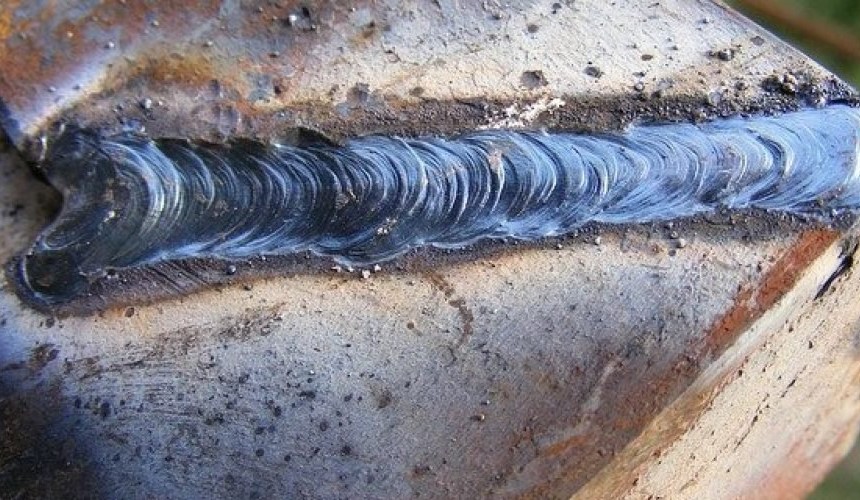Ideal Practices for Preventing Weld Undercut: Mastering the Fundamentals
Ideal Practices for Preventing Weld Undercut: Mastering the Fundamentals
Blog Article
Mastering the Art of Welding: Exactly How to Prevent Undercut Welding Issues for Flawless Construction Outcomes
Efficiency and accuracy are paramount in the world of welding, where also the slightest flaw can endanger the structural honesty of a fabricated piece. One usual challenge that welders face is undercutting, an issue that can lead and compromise a weld joint to costly rework. By understanding the origin of undercut welding and carrying out effective methods to avoid it, welders can boost their craft to new degrees of quality (Preventing weld undercut). In the pursuit of perfect manufacture outcomes, understanding the art of welding to prevent undercut problems is not simply an ability but a necessity for those striving for excellence in their job.
Understanding Undercut Welding

To stop undercut welding, welders should make certain correct welding criteria, such as adjusting the present, voltage, travel speed, and keeping the proper electrode angle. Furthermore, making use of the suitable welding strategy for the specific joint setup is important. Using weaving motions or backstepping strategies can help make certain proper weld steel deposition and lower the possibility of undercut development. Normal inspection of welds during and after the welding procedure is additionally essential to catch any kind of undercut very early and make needed adjustments to stop more defects. Preventing weld undercut. By understanding the reasons for undercut welding and executing safety nets, welders can accomplish premium, structurally audio welds.
Root Causes Of Undercut in Welding
Understanding the aspects that add to undercut in welding is necessary for welders to produce high-grade, structurally sound welds. Insufficient welding current or inaccurate welding speed can additionally contribute to undercut. Recognizing these reasons and executing correct welding techniques can assist protect against undercutting issues, making certain long lasting and solid welds.
Techniques to avoid Undercutting

To reduce the danger of damaging in welding, welders can use strategic welding methods focused on boosting the top quality and integrity of the weld joints. One effective technique is to change the welding specifications, such as voltage, existing, and take a trip rate, to ensure proper warmth input and deposition. Preserving an appropriate electrode angle and making sure consistent traveling speed can likewise assist stop undercut. In addition, making use of the proper welding strategy for the particular joint setup, such as weave or stringer beads, can contribute to decreasing undercutting. Preventing weld undercut.
In addition, correct joint preparation, including ensuring tidy base products devoid of impurities and making use of the ideal welding consumables, is important in preventing description undercut issues. Using back-step welding methods and regulating the weld grain profile can likewise help distribute warm uniformly and decrease the risk of undercut. Routine examination of the weld joint during and after welding, along with carrying out quality control actions, can assist in discovering and addressing undercutting issues without delay. By executing these techniques faithfully, welders can achieve remarkable manufacture results with minimal undercut issues.
Value of Appropriate Welding Parameters
Choosing and keeping appropriate welding parameters is necessary for accomplishing successful welds with very little flaws. Welding criteria refer to variables such as voltage, current, travel speed, electrode angle, and protecting gas circulation price that straight impact the welding process. These parameters have to be carefully readjusted based upon the sort of product being bonded, its thickness, and the welding strategy employed.
Proper welding specifications guarantee the ideal quantity of warmth is used to thaw the base steels and filler product evenly. If the criteria are established too high, it can lead to excessive heat input, causing distortion, spatter, or burn-through. On the other hand, if the parameters are too low, insufficient blend, absence of infiltration, or damaging may occur.
Quality Control in Welding Procedures

Verdict
In final thought, mastering the art of welding requires a thorough understanding of undercut welding, its reasons, and methods to avoid it. By making certain appropriate welding parameters and implementing quality guarantee methods, flawless fabrication results can be accomplished. It is important for welders to consistently aim for excellence in their welding operations to prevent undercut blog here issues and generate top notch welds.
Undercut welding, a common flaw in welding processes, takes place when the weld metal doesn't properly fill the groove and leaves a groove or clinical depression along the bonded joint.To avoid undercut welding, welders should make certain proper welding specifications, such as adjusting the present, voltage, traveling speed, and maintaining the appropriate electrode angle. Insufficient welding existing or wrong welding speed can additionally contribute to undercut.To alleviate the risk of undercutting in welding, welders can use critical welding strategies intended at improving the quality and stability of the weld joints.In final thought, understanding the art of welding calls for a complete understanding of undercut welding, its reasons, and techniques to stop it.
Report this page